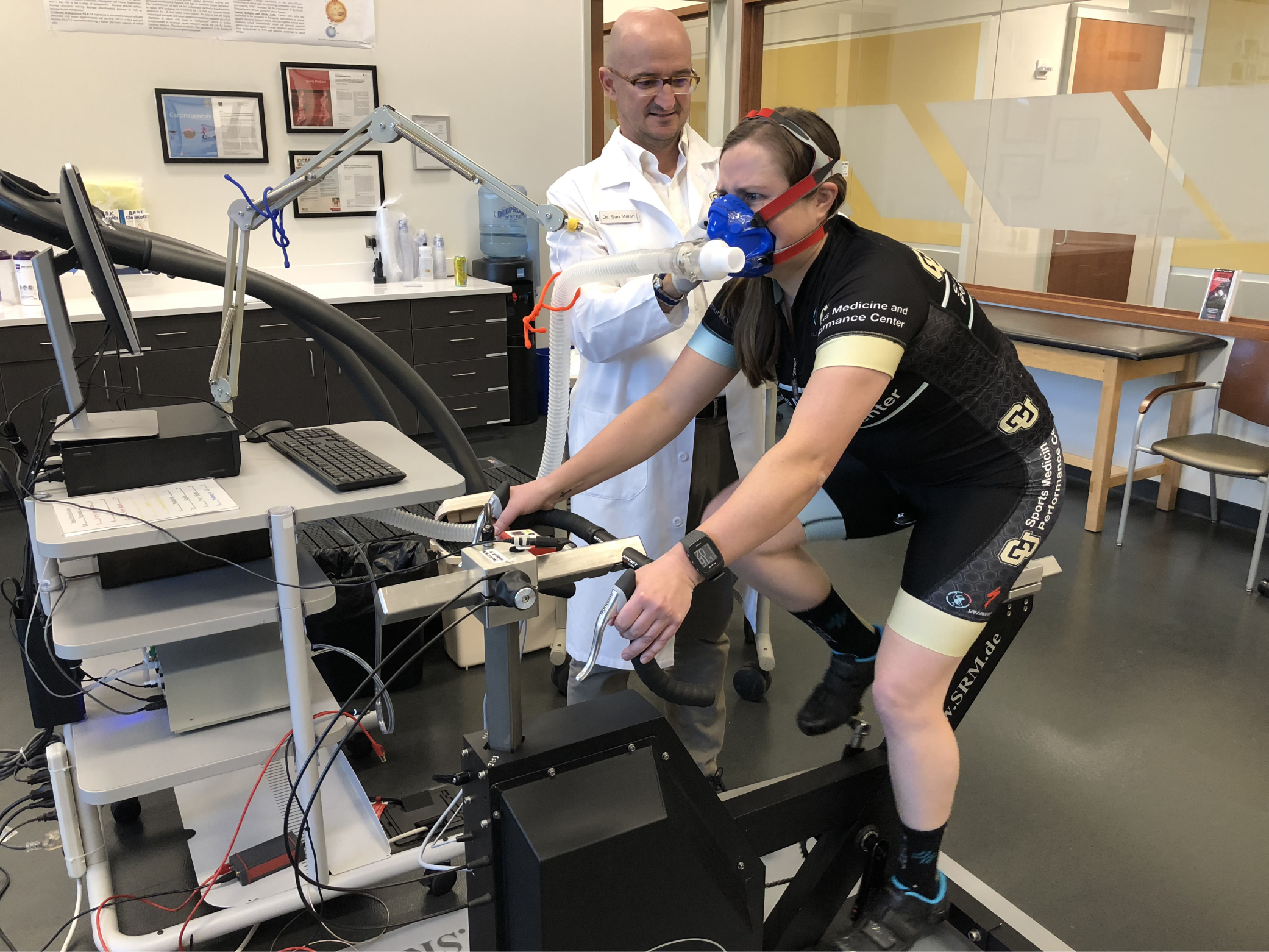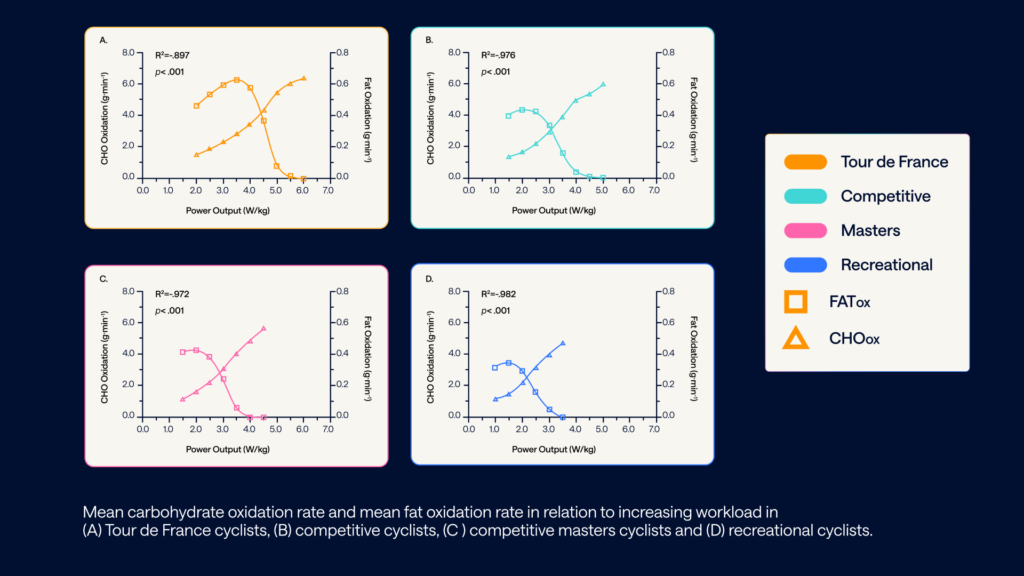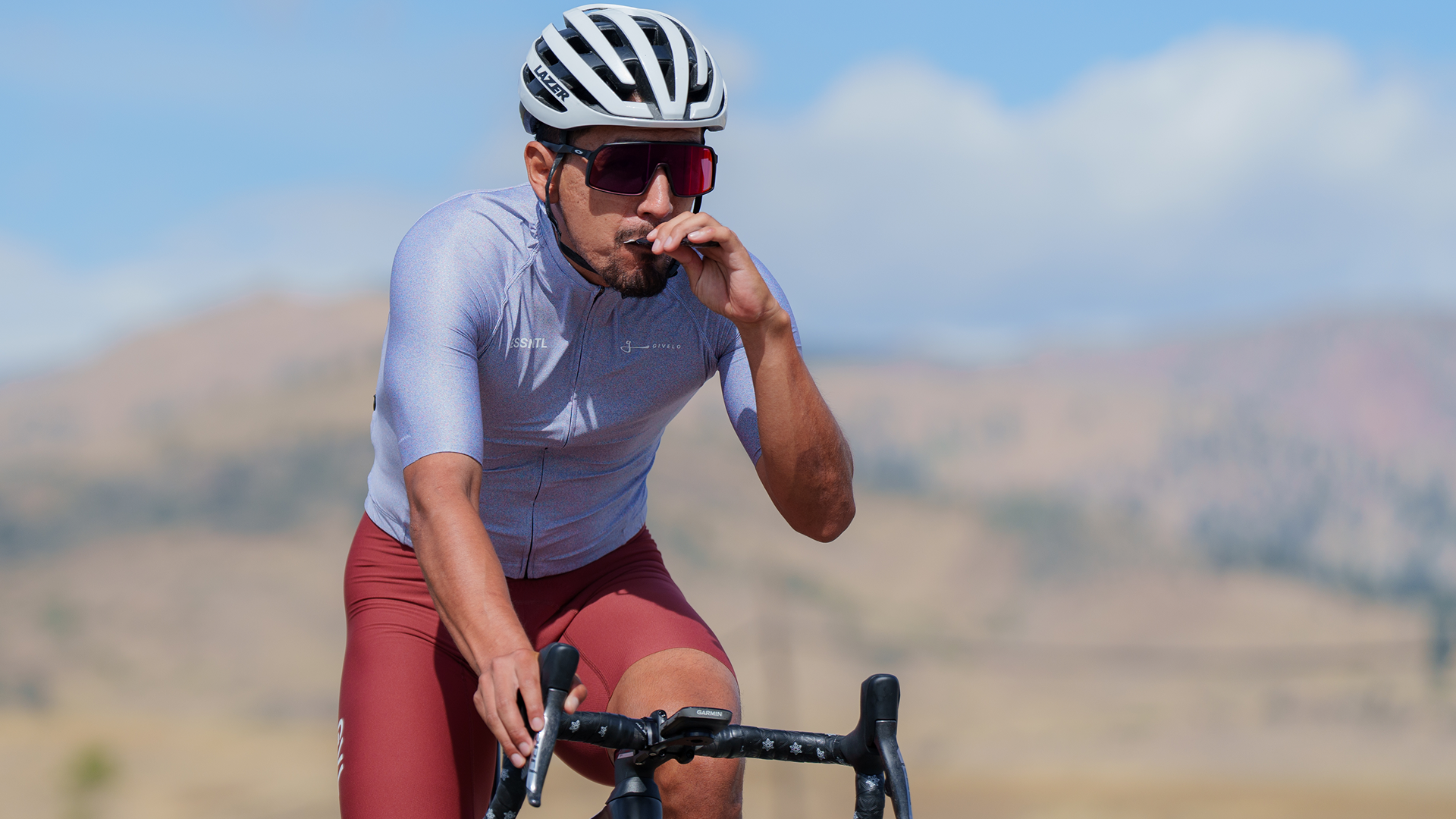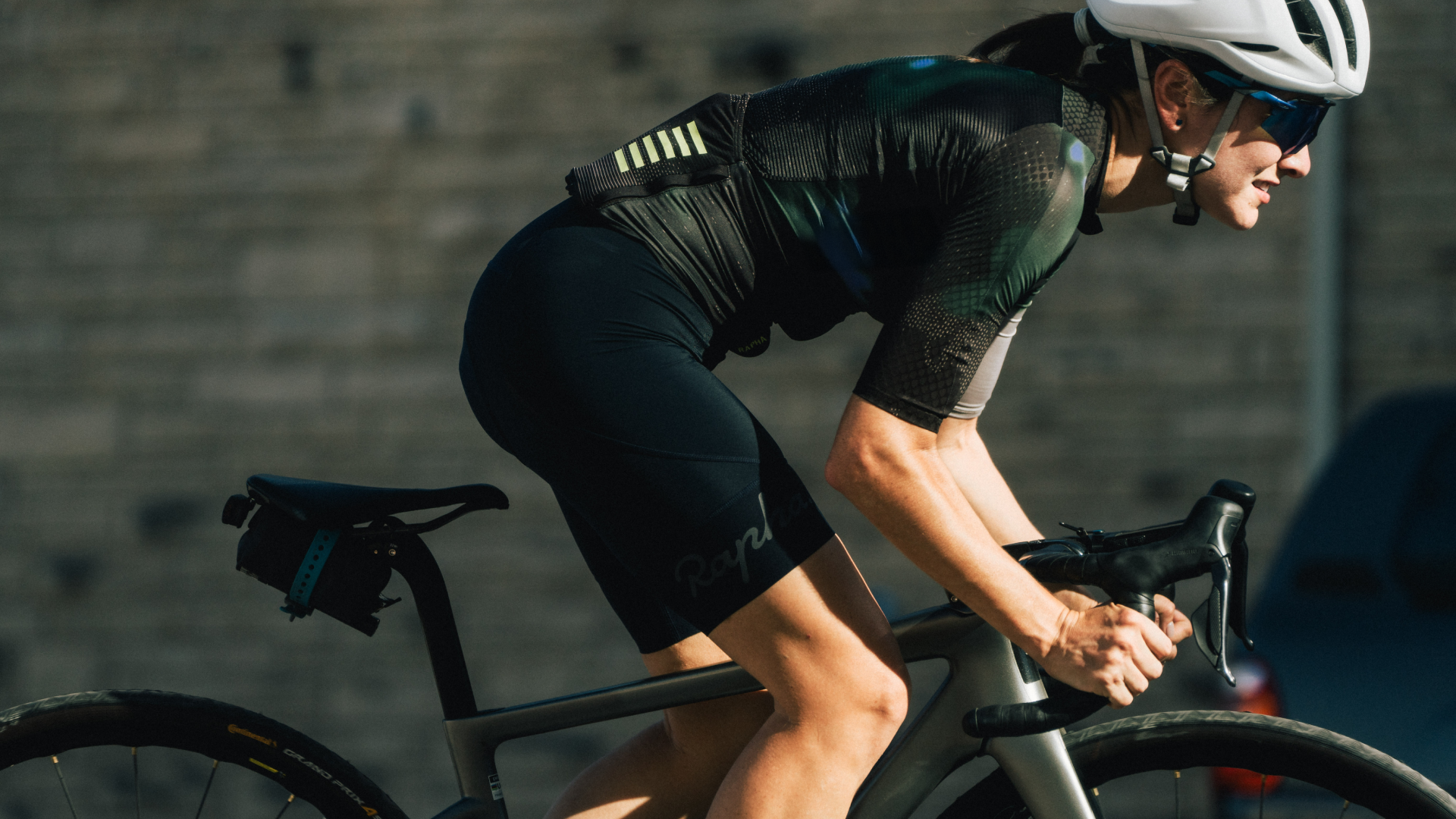人体一级高清图片搜索
Anyone who’s experienced the dreaded bonk during a training session understands the importance of fueling, but the nuance of how much to fuel (and when) can be challenging to pin down, especially for your athletes.
Factors like gut tolerance, experience level, and workout intensity all affect how much an athlete needs to fuel on a given day, which is why many struggle with generic “X g/hour” fueling guidance.
With the release of Fueling Insights, we’re bringing more precise metabolic visibility directly into power-based workout planning and analysis. Partnering with renowned physiologist Dr. Iñigo San-Millán, we’ve translated insights from over 250 lab-tested athletes into individualized, actionable data.
How Fueling Insights Works
Workout-based calorie burn data (like you might see on your wearable after a workout) is usually based on a simple equation utilizing an athlete’s weight, workout intensity, and a generic basal metabolic rate. More sophisticated recommendations might take kilojoules into account.
With this feature, we aimed to go a few steps further, introducing individualized fat and carbohydrate burn data based on lab testing.
Research and Testing With Dr. Iñigo San-Millán
The model used to power Fueling Insights is based on decades of research by Dr. Iñigo San-Millán.
San-Millán conducted every metabolic test for Fueling Insights, and participants included hundreds of male and female athletes from across the world and the athletic spectrum (from recreational riders to Tour de France pros).

Each rider performed a standardized graded-exercise protocol, which includes a warm-up, then steady power increases until exhaustion. Respiratory Exchange Rate (RER) was measured throughout the test to indicate carbohydrate and fat oxidation rates at each intensity, and was logged using a calibrated Parvo Medics TrueOne 2400 metabolic cart—the gold standard in RER testing.
Uncovering Consistent Fueling Profiles
The goal of this testing was to understand the relationship between carbohydrate and fat usage in athletes across the spectrum. The results were clear, showing a grouping around certain utilization rates consistent with an athlete’s experience and training level.
Put simply, recreational athletes have consistent and repeatable fat and carbohydrate utilization patterns compared to world tour pros or competitive riders.

Source: Dr. Iñigo San-Millán
Dr. Iñigo San-Millán’s research showed that if an athlete’s power during a workout and metabolic “level” are known, carbohydrate and fat utilization can be predicted with a high degree of accuracy.
Why Coaches Can Trust These Numbers
The measurement of fat and carbohydrate (CHO) oxidation rates has long been conducted using stoichiometric equations derived from gas exchange, specifically oxygen consumption (VO₂) and carbon dioxide production (VCO₂).
Dr. Iñigo San Millán began applying this methodology over two decades ago with elite athletes and immediately observed that top-level cyclists exhibited exceptionally high rates of carbohydrate oxidation. These findings challenged the prevailing nutritional guidelines at the time, which recommended CHO intake of only 35–55 g/h during endurance events.
Based on laboratory measurements of CHO oxidation, San Millán proposed that elite cyclists required significantly more—between 80–100 g/h—to meet their metabolic demands. This recommendation, made nearly 20 years ago, was initially met with skepticism and resistance from the global sports nutrition community, who considered such high intake levels physiologically unachievable.
Pushing the boundaries further, San Millán began implementing intakes of up to 125 g/h, a strategy he introduced with Tadej Pogačar in his debut professional season in 2019.
Metabolic Testing Redefined Modern CHO Guidelines
Today, these once-controversial practices have become the new standard. Current CHO intake guidelines during prolonged endurance events now recommend up to 90 g/h, with many professional cycling teams—particularly at the Tour de France—routinely using 100–125 g/h. This shift has been transformative for the sport.
These advancements would not have been possible without years of meticulous laboratory work measuring fat and carbohydrate oxidation rates.
This methodology not only has scientific validation but also application at the highest level of the sport, proving that lab-based metabolic testing can directly shape performance and nutrition strategies in endurance competition.
Turning Your FIT File Into Fuel Numbers
So how does TrainingPeaks turn this research into actionable data?
On a basic level, we take a planned or completed workout with power data, cross-reference that workout intensity/duration with an athlete’s chosen metabolic profile, and then translate into the carbohydrate and fat that athletes in a similar metabolic group would require to complete the given workout.
Of course, sampling rate, swings in intensity, and other factors all must be taken into account. See below:
| Step | What happens | Key detail |
| a. Ingest | We read every power sample (and its exact time-stamp) from the FIT file. | Missing power? → no substrate values shown. |
| b. Classify | Power ⇒ W/kg ⇒ look-up in the sex/category curve. | Curves are non-linear (sigmoidal for CHO, parabolic for FAT). |
| c. Scale | Oxidation rates (g/min) are scaled by the sample’s duration (e.g., 1 s = 1/60). | Handles pauses and “taking a break” gaps correctly. |
| d. Accumulate | We sum grams across the ride, then convert to kcal (CHO ×4, FAT ×9). | Gives totals, hourly averages, and peak burn windows. |
| e. Surface | Metrics appear in Workout Quick View | Coaches can drag Carb Calories / Fat Calories into any layout. |
Why It Matters
Calculating at the per-sample level captures every surge and coast, unlike older kJ-only roll-ups that smear effort changes.
Ultimately, Fueling Insights merges lab-grade physiology with ride-by-ride power data, giving you a quantitative handle on fuel costs that kJ alone can’t reveal.
What Fueling Insights Numbers Mean—and Don’t Mean
When you first see an athlete’s carbohydrate burn at 600+ grams for a long ride, you might think: “There’s no way they can eat all that!” You’re right, and they shouldn’t. Fueling Insights measures what an athlete’s muscles oxidized, not what they must consume during the ride.
- Carb Calories ≠ Intake Needs: Based on extensive experience across all performance levels—but rooted in years of work with Tour de France cyclists—San Millán recommends starting with a carbohydrate replacement rate of approximately 50% of the calories burned from CHO, adjusting this target based on training intensity, duration, and individual tolerance.
- Fat Calories ≠ Dietary Advice: These figures reflect energy sourced internally, not what you must replenish immediately. It’s up to you to determine the best nutrition strategy for your athletes and their performance goals.
- Fat and carb calories are always working in a relationship to one another. Use them together to understand the true cost of an athlete’s ride, and compare over time.
Learn more about how to use Fueling Insights in your coaching.
Enabling Fueling Insights in TrainingPeaks
- Go to your workout settings: Name ▶ Settings ▶ Layout ▶ Bike.
- Drag Fat Calories and Carb Calories into the “In Use” section.
- Open your athlete’s next power-based ride and see immediate insights.
- Check our help desk article for more information.
Important Note: When either field is set to “In Use”, total Calories displayed equals Fat kcal + Carb kcal, which may differ from your head unit’s calorie reading. This accurately reflects your substrate use.
FAQs
- How accurate is it? Fueling Insights is built directly on >250 fully calibrated lab ramp tests; the sex- and performance-specific curves show narrow standard-deviation bands, giving the model strong predictive power when your athlete’s ride data are mapped onto them.
- Do I need to eat everything I burn? No. A common recommendation is to replace ~50% during the ride and top up after. You have to take into account that with a normal CHO diet, your body will have between 350-500g of glycogen. If, for example, you oxidize (“burn”) 800g of CHO during a 4h race, you will have to replenish ~400g of CHO during that session or the equivalent of ~100g/h of CHO. Hence, you won’t need to replenish all CHO that you use during training or competition
- Why don’t I need to replace fat kcals?
- Physiological sufficiency: The body has ample fat stores—even lean athletes have >30,000 kcal available.
- Metabolic rate limitations: Fat oxidation is slower and decreases with rising intensity, making CHO more urgent to replace.
- Digestive constraints: Eating fat mid-exercise can impair gastric emptying and doesn’t meaningfully support performance.
- Does it work fasted? The model assumes a fed state; if an athlete is fasted, values still trend correctly, but shift lower
- Is it cycling-only? Yes. Currently, the model relies on cycling power data, but other sports are under evaluation.
- Can it be used on mobile? Substrate metrics on mobile rollout later this year (watch our release notes).









